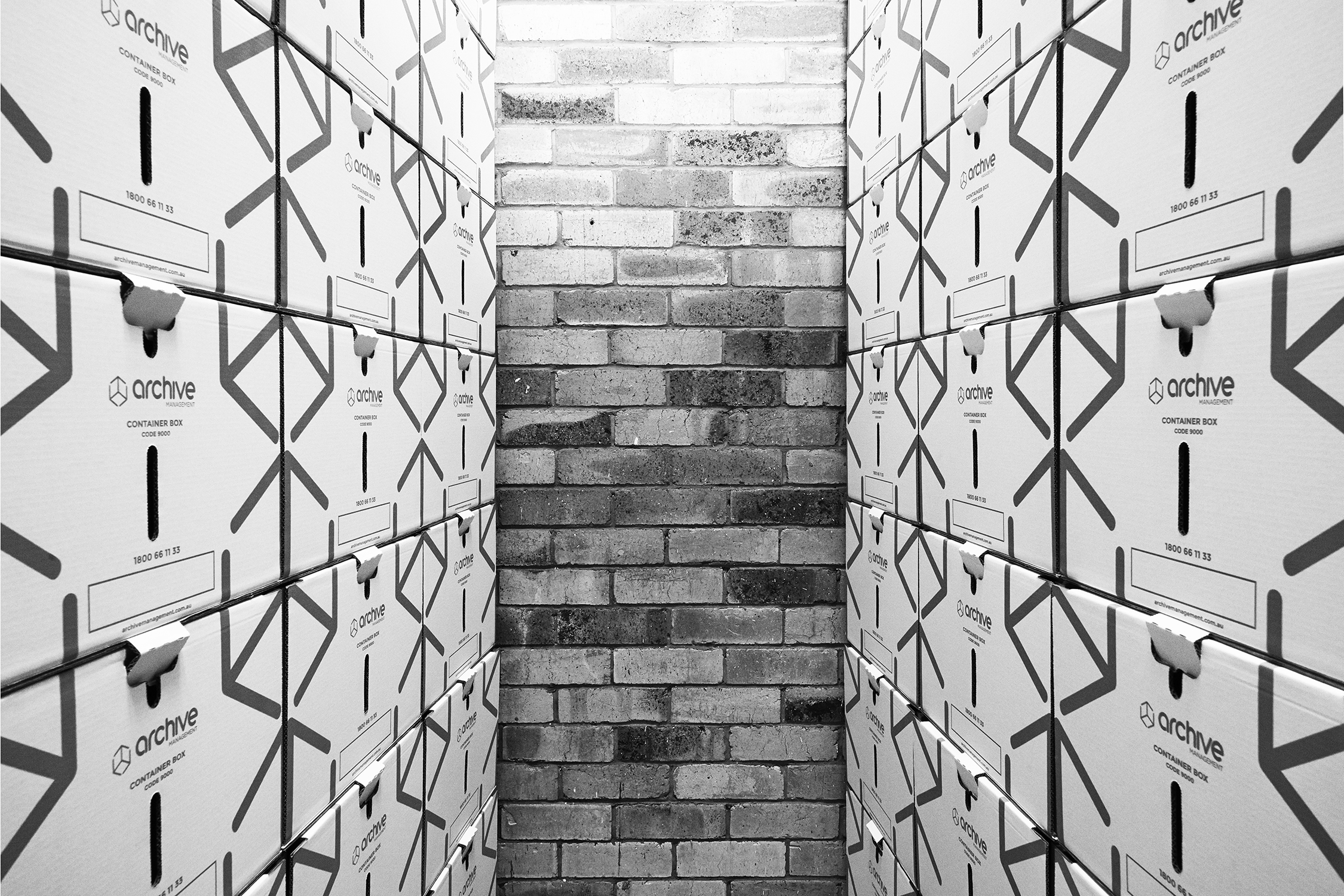Where to start
Have your records become a headache? A creeping problem that gets bigger every year, making it seemingly harder and harder to tackle?
Sometimes you just need to make a start. Here are some tips on making the most of your new-found enthusiasm for archiving!
Keep in mind, the end game is being able to find documents in the future, and having confidence to destroy records when you’re ready and when legislation permits.
-
Oversight
Do you have an archive room where anyone is permitted to fill an archive box and dump it on a shelf? A common problem is having many ‘accumulators’ of archive material but no one person or team to oversee document management as a whole. Assigning responsibility will help ensure proper procedures are established and the system is adhered to.
-
Categorise into document types
Separating your archives into the various document types used in your organisation will make documents easier to find in the future, and easier to destroy when that time comes. Make a list of the key document types and archive appropriately.
-
Catalogue
The best time to give archive documents meaning so that you can find them in the future is at the time of archiving. This can be as simple as handwriting the key information on the boxes – document type, contents, destruction date. Or, better still, number all your boxes and create an external catalogue, even a simple spreadsheet. This should contain the box identification numbers along with all the key information you need to find the right records down the track and destroy them when due.
-
Destroy
Too much valuable space is wasted by old records that should be destroyed. Every industry will have legislated retention periods for particular document types. If your archives are grouped into these document types, and destruction information is assigned to the boxes, you should have confidence to securely destroy those records when the time comes. If there is some information deemed too important to destroy, identify these documents and archive them separately.
-
Have a system
Spend a little time developing a procedure for archiving in your organisation, and communicate this to everyone who fills boxes with paperwork for safe keeping. This can be as simple as a basic one-page template affixed to every box. Keep an eye out for our next blog on simple steps to establishing a proper procedure – sign up below to receive updates.

